A very important calendar period to catch pike is spring (it is possibly the best time to fish for pike). It is characterized by blossoming vegetation and the life under water is just developing explosively. For the pike, changes of location are now imminent. This means that there are not such fixed hotspots for pike in spring as in summer.
For spawning, pike gather in a few places in the lake and after they have recovered from spawning, the first big pike make their way to their summer territories. Often these are the edges of rivers and standing small and large bodies of water.
NOTE: If you determine the time when the pike spawn right, you can afterwards hope for hungry pike. The water temperature is a good indicator for this.
The change of location of the northern pike happens just in time, before a few weeks later masses of whitefish will move to the banks to spawn. But it is not yet that far, pike are still to be found distributed all over the place. But they all have one thing in common: now that they are feeding more and more actively, they are looking for the proximity of their prey fish. These in turn have a special preference in the still cool spring: warm water.
1. Heat, an indicator for a hotspot
(Water temperature: 10-17 °C / 50 – 62 °F)
At the beginning of spring, the water can finally warm up sustainably. With water temperatures still averaging 5 – 7 °C (41 – 44 °F), most fish are drawn to the warmest possible region around them. Shallow bays become a good hotspot. They warm up faster than areas with deeper water. If the bays are only connected to the deeper water by a narrow passage, this represents a perfect spot.
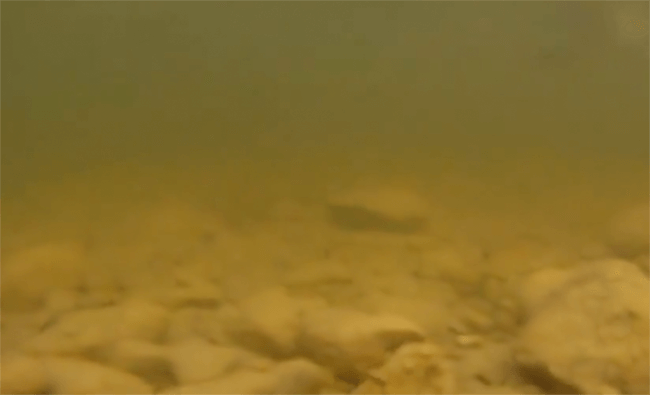
1.1. The water color reveals good hotspots for pike fishing in the spring
Water color also plays an important role. Turbid or brown water warms up faster than clear water. This is where many fish are attracted to. We recognize cloudy or colored water without a doubt quite easily: Visually.
1.2. What is the best bait color for turbid water?
Bright colors play a big role in turbid water. At least, that’s what many anglers think. But the murky often brown water has a nasty property. It changes the color effect of the baits. In the following video we see an excerpt of our lure course “How to find the best lure color for pike, perch and zander”.
Especially the silhouette of the bait is important in turbid water. Therefore, it is important for us to know which forage fish is on the menu of our predators. Smelt have a different shape than perch and small bream are clearly different from gudgeon.
However, some bait colors are quite important for successful fishing in the spring. Basically, the more advanced the spring is, the more the bait should stand out, as there is more and more prey available.
(Here you can see an underwater shot of a pike lure color test in brownish water: We tested different colors for our lure course over the course of a year at
- different times,
- different depths,
- and in different waters.
This really gives you a good insight into how lures work and you don’t have to be (mis)guided by marketing and colorful ads when choosing lures. It’s just a different approach.
In this video, the diving depth of our drone is about 1.80 m (5.9 ft). The recordings were made in the afternoon in sunshine in spring (April 2019) in a Hamburg canal. So the incidence of the sun’s rays was oblique.
The goal in choosing the color of the bait must be that our wobbler, rubber fish, spinner or flasher stands out in the mass of prey fish. So, you improve your chances of catching a pike fast by several levels. This will not only save you several days of tailoring, but also.
Note: Especially in turbid water, the color of the lure is less important than the contrast with the background. White and black lures offer an above-average contrast in bright weather. Colorful lures in comparison often look pale underwater in brownish water.
-
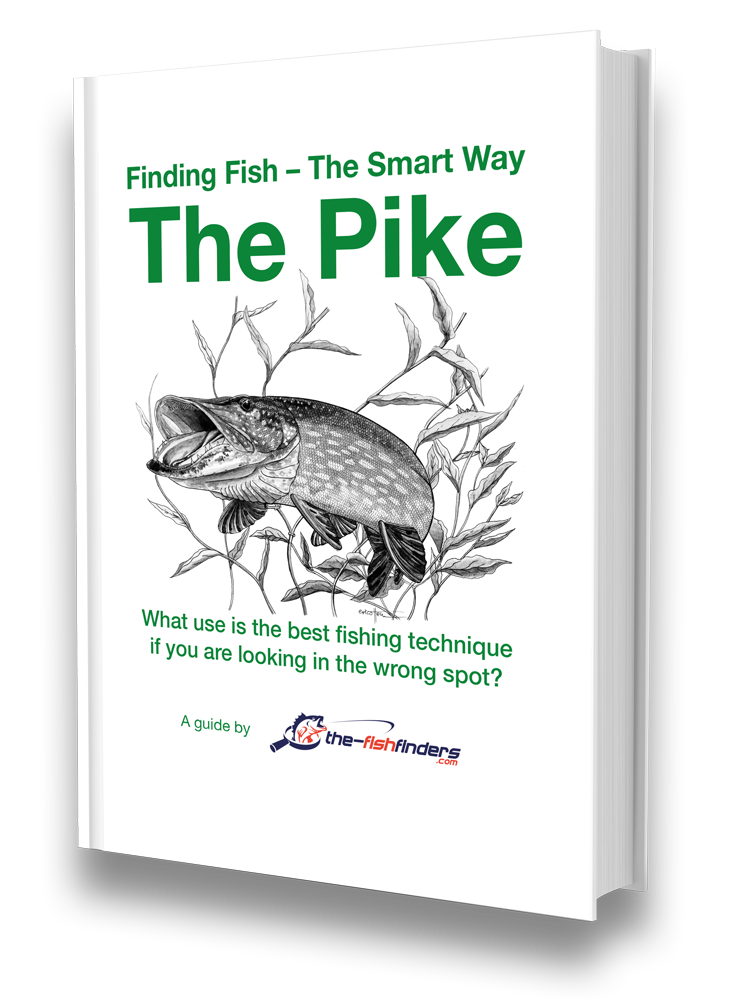
Finding Fish The Smart Way – The Pike
Download 40 pages now for free
This article is an excerpt from:
Reviews ( 64 )
1.3. Technical help for finding hotspots
If you want to know the exact temperature, you can use a few technical tools to find the warm areas in a body of water.
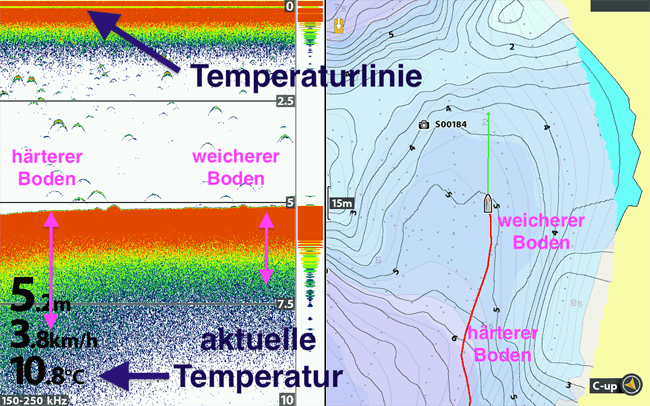
Here you can see a typical 2D fish finder image. On the one hand, we can see the temperature line at the top. It shows us the change of the water temperature over the previous time. If you set a slow scrolling speed here, you can compare the temperature changes of the last minutes. In our example, the current water temperature is displayed at the bottom left.
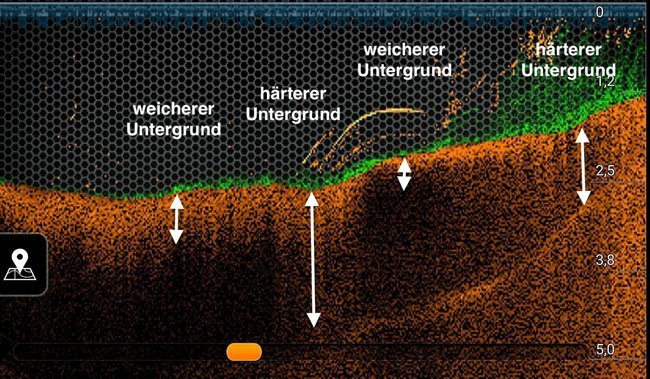
Another way to find places for pike fishing offer us mobile sonars for fishing. The Deeper fish finder shows the bottom details and you can conclude the warmest water in an area. For this you only need to look at the bottom line.
The fish finder display gives us an indication of how hard or soft the bottom is. A soft bottom is always a good indication that the water in that area is turbid. A muddy soft bottom, for example, will cause the water to turn brown and heat up faster. We can recognize the soft bottom by a single and as narrow as possible bottom line.
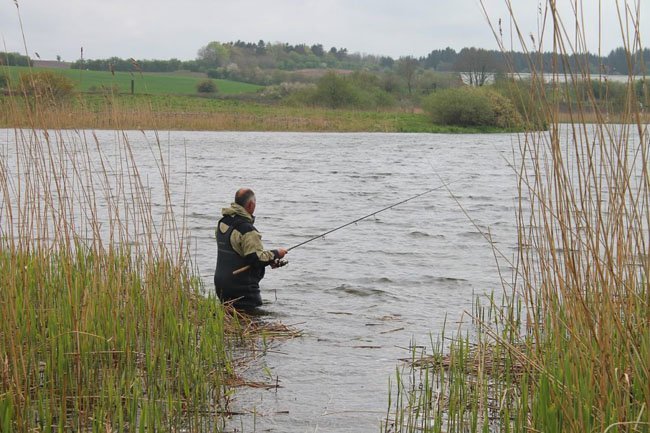
2. The spawning of the prey begins
(Water temperature: 10 – 17 °C / 50 – 62 °F)
When most other fish begin to reproduce, the pike spawning process is long over. For them, a time of plenty now begins and they gradually really get into feeding.
Nature has arranged this quite cleverly for the pike. Roach, bream and rudd usually spawn in Central Europe in April and May. The spawning whitefish are inattentive and very easy prey for the predators. Pike don´t tend to miss this chance!
So how do you find the big pikes in spring?
Extensive and shallow areas along the shore are excellent spawning grounds for many whitefish. If you are out with your waders, you can also encounter large pike in these areas. Often the pike will hunt just a few feet away from you in 0.5 – 1 m (1.6 – 3.2 ft) shallow water.
The following image shows different depth ranges of a map. The areas marked in green are barely 0.5 m (1.6 ft) deep. Here you can wade through the water and fish for big pike.
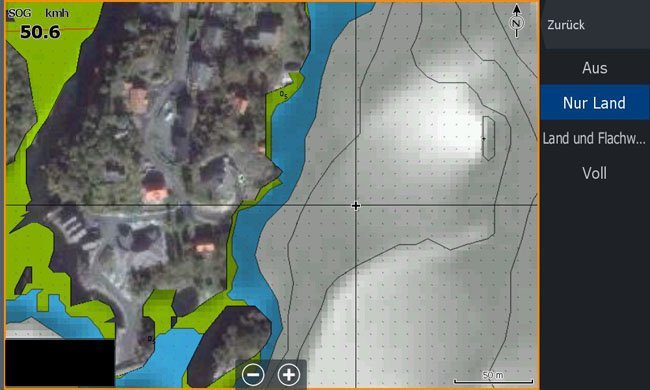
3. Slow change of hunting strategy
(Water temperature: 15 – 18 °C / 59 – 64,5 °F)
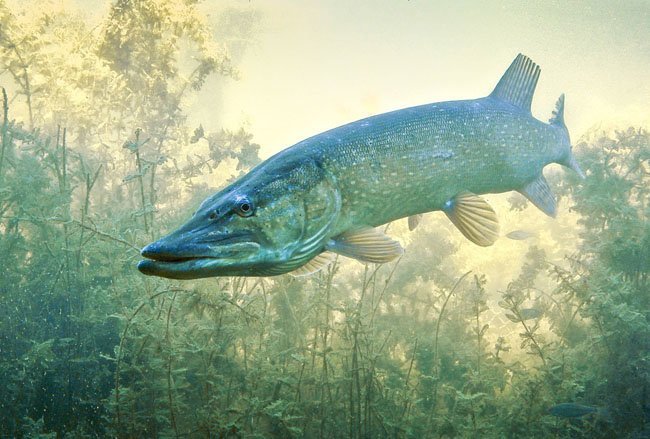
At the end of spring, the underwater plants now form the first real retreat areas for the pike. These use the newly created hiding places and stand directly in the still holey, but increasingly dense vegetation. Especially the big ones still find enough cover to hunt their prey. Most pike have now occupied their territories and are more and more changing their tactics. Switching from actively searching for prey to the “sit and wait” hunting strategy in their respective territories.
3.1. Pike reach their summer hunting grounds
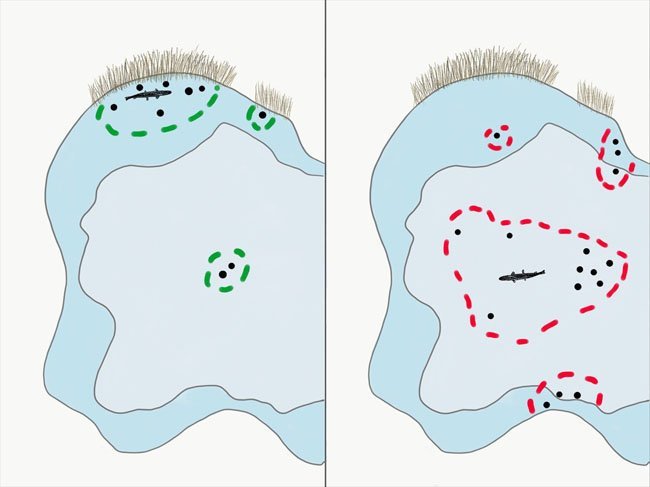
Cannibalism may also be evident among the larger pike. Fixed territories prevent too many pike from meeting. This protects them from becoming prey themselves. In spring, countless pike are present on the shores of water bodies. Among the thousands of hatched pike, cannibalism is on the agenda.
The larger pike, on the other hand, must first meet. This will be unavoidable in late spring, as it is the larger pike that have larger territories or a larger radius of action. This inevitably brings them into the neighbor’s garden. And when pike meet pike or bait that looks like pike – it’s not so bad for us anglers.
It is interesting that in scientific studies it was found that some pike move only a few meters a day and therefore do not really change their location. Thus, numerous pike could become observers that lasted several days in an area of just under 20 x 20 meters (65 x 65 ft).
In this area they waited for prey but for the most part they just floated from one corner to another without much movement. It is thought that they save energy this way and therefore do not need to feed that frequently.
For comparison:
With water temperatures of about 4 – 6 °C (39 – 42 °F) still prevailing at the beginning of spring, pike feed only every 15 – 30 days. This increases towards the end of spring. At water temperatures of 17 – 19 °C (62 – 66 °F), ideal for pike, they hunt every 1-2 days … and 1-2 small perches are fully sufficient. Pike consume over 90 % of their prey and excrete very little. They are very efficient feeders.
What this means for us anglers:
– Pike are at a spot, even if they don’t necessarily bite right away.
– Fishing the same spot the next day can bring success.
– Many anglers make this mistake too often: if nothing bites, they often never return to that spot.
Note: Spring is a time of change for pikes. While they first come out of the spawning season weakened and without appetite, this changes in the course of the following weeks. They now find food on the shores as concentrated and abundant as it will never be again throughout the year. They can choose their personal favorite among the countless prey fish.
These changes in hunger, available prey and pike hunting strategy will have an impact on our fishing. To be successful, we will have to adapt our baits to the situations much more often in spring, think more about hotspots and also change the bait presentation from very slow to fast and varied.
If we sum it up, at this point we can say that spring can be a very interesting time for pike fishing. It becomes even more exciting in the summer.
Tip
This article is an excerpt from “Finding Fish The Smart Way – The Pike“.
This book features over 260 pages all about spotting the pike? No “best bait enumeration” and also no “warmed up fishing tactics”. The book starts much earlier – Always according to the motto: “What good is the best fishing technique, if you fish in the wrong place?”. You are going to learn:
- Why he hunts where and when.
- What influence wind and weather have on biting times.
- When he prefers which prey or bait.
- Which hotspots are most promising at which time of year.
- Tips and tricks for pike fishing in a river.
- And much more…
3.2. A book only about hotspots - Skeptical?
No problem. Download over 40 pages for free and get rid of your doubts!
-

Finding Fish The Smart Way – The Pike
Download 40 pages now for free
This article is an excerpt from:
Reviews ( 64 )
Martin
Hi Garry, i saw that contacting Jens has solved your problem. As written in the Order Mail, download is limited to 3 times. We introduced the limit to prevent fraud. However, if you lose your eBook in the future, please email us and you will of course get new downloads. Martin- Rated 1 out of 5
Garry Gregg
I bought the book online, but try as I might it would not save on my iPad mini 3, from the small amount i was able to read it looked very good. I was given a link that was promised to ALWAYS be available to me, but this was not the case! I wanted to learn how to find Pike in Lough Neagh, the largest lake in the U.K. but I can only fish it blind, useless. Make sure you can save this book BEFORE you buy. - Rated 5 out of 5
Andreas Eden
Unlike other reviewers, I am NOT in favor of shortening or streamlining. The detailed but not generalized aspects provided are scientifically sound and outline the respective topics exceedingly well. Looking forward to more of this, and keep up the great work! Martin
Hi Claus, Thank you for the info about the Tolino. So far, there have been no problems with the popular Android or Apple smartphones and tablets. We’ll take a look at it. Did the upload via the Tolino web reader not work either? Regards Martin- Rated 2 out of 5
Claus Erhard
The content is decent – maybe a little too detailed. Note: I bought the e-book version. The fact that you can’t print it out is alright (this option would be great though). However, I cannot read the PDF file on my Tolino. I uploaded it 1000 times, and nothing is displayed. So reading is only possible on the PC. Too bad! - Rated 5 out of 5
Dieter Gundacker
Highly recommended, lots of fascinating information. It is not easy to put the book down once you have started reading. - Rated 5 out of 5
Kurt Sattler
Great book. I also have “The Pikeperch”. Both are highly recommended. - Rated 5 out of 5
Mirko
A very well written book. - Rated 4 out of 5
Holzblinker
Among the advantages: -statistics and their interpretation -written in a simple and understandable way Among the disadvantages: -advertising -A lot of generally known information - Rated 3 out of 5
Bruno
Exciting content (****) with a tendency to be long-winded (**) - Rated 5 out of 5
Stefan
The book keeps what it promises. An all-around great book that stands out from the rest. The purchase was worth it! - Rated 5 out of 5
Fischfreund
A truly superb book. I also own the book on pikeperch and have to admit that they are two completely different books. There are very few overlaps, so I never had the feeling that I already knew a passage in the book. For this reason, I can unreservedly recommend the pike book. It was so much fun reading it and gradually learning more about the pike. - Rated 5 out of 5
Paul KraUS
An elaborate approach to the behavior of the fish to conclude your fishing behavior, etc. I also like that other professional opinions are taken into account and partly questioned and analyzed. You can learn a lot to save the one or the other unsuccessful day. Thank you! - Rated 5 out of 5
barney1at
I am impressed with the book! I have read many books about fishing, and this was by far the best. It reflects not only the experiences and interpretations of the authors but uses scientific studies as a basis. Some of the findings knocked my socks off, e.g., the distance of attention of the pike. Strong recommendation for anyone who wants to improve their pike fishing skills! - Rated 5 out of 5
Michael Hügel
Sehr gutes Buch hat mir weitergeholfen das Leben des Hechtes zu verstehen. - Rated 5 out of 5
frankadam67
Sehr, sehr schönes Buch mit vielen Informationen! Nun muss ich nur noch alles in die Tat umsetzen! Danke für das gut ausgearbeitete Buch! - Rated 5 out of 5
Thomas Asamer
Bin gerade am Lesen des Buches. Sehr interessant und informativ. Werde meine Hechtfänge sicherlich noch um einiges steigern können mit dem KnowHow des Buches! Weiter so!? - Rated 5 out of 5
Andre Scholz
Hallo Zusammen, ich kann nur sagen, das habt ihr wirklich sehr gut gemacht! Wahnsinnig informativ, Super gegliedert und mit vielen guten Tipps behaftet. Das Zanderbuch war schon ein Knaller!!! Ich freu mich schon auf das Barschbuch. Und nebenbei erwähnt, die Videolektionen Köderkurs 1 sind ebenfalls Mega spannend! Bitte weiter so machen…. Petri Andre - Rated 5 out of 5
Manfred Parbs
Ich finde die Bücher ” Der Hecht ” sowie ” Der Zander ” sind für erfahrene Angler und auch für den Anfänger sehr lehrreich und somit auch informativ gestaltet. Auch die vielen Tips haben mich persönlich schon so manches mal vor einem Schneidertag bewahrt. Ich besitze zudem auch noch das Buch ” Der grosse Echolotratgeber ” . Dieses Buch liefert gute Erklärungen für die Funktionen und Einstellungen von Echoloten. Desweiteren besitze ich auch noch zwei Angelkurse: zum einen Köderfarbe und zum anderen Der Deeper. Beide Kurse sind mit sehr viel Informationen und verständlichen Erklärungen gespickt die jederman sehr gut verstehen kann. Freue mich schon auf weitere Bücher. Ein grosser Dank als auch ein grosses Lob an das Fischfinderteam. Petri Heil & immer dicke Fische Manfred Parbs - Rated 4 out of 5
Fabius Voigt
Klasse Buch! Fundiertes Wissen auf gute Art und Weise zusammengefasst und übermittelt, damit Angler ihren Zielfisch besser verstehen. An einigen Ecken im Buch, wäre ein weitere genauere Ausarbeitung toll gewesen (wurde vom Autor aber selbst bemerkt und begründet). Desweiteren beruhen die meisten Angaben (90%) von Hechten aus Seen und leider nur sehr wenig aus Flüssen. Das sind meiner Meinung nach die einzigen Sachen die fehlen, aber ansonsten würde ich es als Bereicherung für jeden Angler beschreiben! - Rated 5 out of 5
Julia
Genau wie das Zanderbuch wieder der totale Hammer! Wobei für mich die Voraussetzungen etwas anders waren: Während ich meine Zanderfänge wirklich mal dringend etwas ankurbeln musste, fing ich alleine im vorigen Jahr 47 Hechte, es ging hier also eher um Optimierung. Und das ist voll gelungen! Massen von überaus hilfreichen Forschungsergebnissen, Statistiken und Tafeln. Ich bin beim Spinnangeln bisher zu viel gewandert und habe die einzelnen Spots zu kurz beangelt, das weiß ich jetzt. Und so ganz nebenbei ist mir jetzt noch klar, weshalb man in einigen durchaus interessanten Seen in meiner Umgebung von Juni bis Januar partout keinen Fisch fängt. Habe nämlich so einiges über die Schichtung gelernt, und dass eine Abkühlung eben nicht automatisch gleich Verbesserung bedeutet. Klasse! Her mit dem nächsten Buch bitte! - Rated 5 out of 5
Pascal Schlenker
Top nicht das letzte Buch für mich…. - Rated 5 out of 5
Heinz-Otto Schoel
Auf den 50zig Seiten, die ich bis jetzt gelesen habe ,bin ich begeistert. Aber die anderen Bücher über das Echolot und dem Zander waren sehr lehrreich. Weiter so. Freue mich schon auf das Barschbuch. - Rated 5 out of 5
Andreas Hillers
Modernes Fischen – Der Hecht. Ein sehr gut geschriebenes Buch. Bin begeistert von den vielen tollen Hilfestellungen. Sogar als erfahrener Angler kann hier bestimmt jeder noch den ein oder anderen Tipp für sich nutzen. Vielen lieben Dank, und weiter so für vielleicht weitere noch nicht erschienene Bücher über den Aal, Barsch, Karpfen etc. - Rated 5 out of 5
Stephandargel
Das Buch ist einfach nur klasse super beschrieben sehr verständlich beschrieben kann ich nur weiter empfehlen ? gebe dem Buch und dem Autor ne 1+ - Rated 5 out of 5
Rolf Wilde
Sehr praxisnah und auch mit viel Hintergrundinformationen gefülltes Buch. Ich habe über die Feiertage die ersten Seiten verschlungen. Sehr viele Details die ich noch bis zur Schonzeit versuche umzusetzen. - Rated 5 out of 5
Blankmaster
Die Referenz. Umfassend, kein blabla, über den Tellerrand hinausschauend, fundiert, sinnvolle und gut gemachte Graphiken, und das Ganze zu allem Überfluss auch noch unterhaltsam geschrieben. Als bekennender Wenigleser habe ich das Buch innerhalb von 3 Tagen einmal komplett durchgelesen. Uneingeschränkte Kaufempfehlung. - Rated 5 out of 5
Rudolf Knopf
Endlich ein Buch, welches man durchaus als Fachliteratur beschreiben kann. Es werden viele Erfahrungen, welche ich beim meiner Suche nach dem Hecht gemacht habe, bestätigt. Ebenso ist auch sehr viel Neues für mich in dem Buch, was ich bisher in meiner vieljährigen Anglerlaufbahn so nicht gewust habe. Absolute Kaufempfehlung. - Rated 5 out of 5
markus s
Großes Kompliment zum Buch! Ich fische seit meiner Kindheit auf Hecht (und das sind schon mehr als dreißig Jahre) und ich muss sagen, es gibt keine interessantere Lektüre zum Hecht! Viele eigene Theorien finde ich hier bestätigt, aber noch besser: Dieses Buch bietet auch wirklich neue Ansätze! - Rated 5 out of 5
Mitja
Beeindruckende Leistung von Euch, ein so komplexes Thema derart runterzubrechen, daß man das Buch in einem Rutsch durchlesen kann, ohne sich dauernd zu fragen: „verdammt, wovon labern die denn da?“ Superspannend: die Trophieklassifizierung und die Sache mit der Sprungschicht! Ich sehe meine Gewässer jetzt mit ganz anderen Augen und auf einmal kommen mir die 150 Kracher für das Anaconda-GTM gar nicht mehr so übertrieben teuer vor! Und weil es mir so gut gefallen hat, zieh ich mir morgen direkt das Echolot-Buch rein, das mit der Postbote heute morgen in den Kasten geworfen hat….für das Barschbuch hätte ich übrigens gerne einen Gutscheincode 🙂 Danke! Ich freu mich auf weitere spannende Lektüre aus eurem Stall… - Rated 5 out of 5
schoenfeld.oli
Absolut feine Lektüre. Ich gehe nach Lesen des Buches ganz anders ans Wasser. Zwischendrin etwas fader Stoff, der aber einfach dazu gehört. Dafür sind die spannenden Themen so spannend, dass ich nicht im Sitzen lesen konnte. - Rated 5 out of 5
Robert Häusler
Die beiden Autoren Martin Jacobs und Jens Biegemeier sind der Hammer. Ich habe schon viel gut recherchierte Medizinbücher gelesen und oft haben sie mir zu mehr Erfolg verholfen, dass das auch mal Zum Hechtangeln möglich wird ist großartig. Danke an dieses Meisterwerk! Ich habe mit dem Wissen aus dem Buch jetzt schon meinen Angelrekord auf Hecht gebrochen und bin mir sicher da geht noch was. Danke für eure Arbeit, den Fleiß und die Begeisterung die ihr geleistet haben müsst dieses moderne Fische finden für uns und unsrer Seekrokodiele zu ermöglichen. Petri Robert Häusler Martin
Edi, wir danken Dir und wünschen euch gute Fänge. Petri Martin vom Fischfindertestteam- Rated 5 out of 5
Edi Brader
Das beste Buch über die Fischerei auf Hecht, das ich bisher in Händen gehalten habe! Sehr ausführlich und praxisnah wird dem Einsteiger in diese Fischerei veranschaulicht worauf es ankommt und auch der eingefleischte Hechtprofi kann noch sehr viel Nützliches aus diesem Buch herausholen! Absolut EMPFEHLENSWERT! Besonders möchte ich das äußerst nette Team loben! Bei meiner Bestellung ging etwas schief, ich bekam zwei anstatt nur einer Ausgabe. Nach Rücksprache bedankten sie sich für die Information und sagten mir, dass das Zurücksenden ohnehin zu teuer wäre und ich das zweite Exemplar auch behalten dürfte. Danke Jungs, ihr habt gerade einem befreundeten Jungangler eine große Freude gemacht, ich werde euch auf jeden Fall weiterempfehlen! Macht weiter so! Petri Heil Edi Brader - Rated 5 out of 5
lusox
Prima Lektüre , wirklich zu empfehlen ! Besonders gut fand ich das Kapitel mit der Ködergröße. Ebenso das Kapitel mit den Standplätzen und die Rolle der Vegetation Ich habe viele Anregungen daraus mitgenommen und bin mal gespannt wie sich meine Hechtfänge verbessern. Weiter so ! - Rated 5 out of 5
Stefan Fischer
Ich finde, das Buch “Der Hecht” lüftete viele Geheminisse. Hatte das Buch “Der Zander” auch, alles top tock. Hoffentlich folgt das Buch auch über den Barsch, evtl. Waller/Wels. Mir fehlt die Anglerpraxis. Das Buch “Das große Echolot” ist auch klasse. Weiter studieren!!! ^^ Namaste und Petri Fischer Stefan - Rated 5 out of 5
Lasse Wiedenhöft
Wie schon beim Zanderbuch werden für alle denkbaren Situationen (Jahreszeiten, Gewässer, Wetter etc.) hilfreiche Tipps zur Strategieverbesserung gegeben. Dabei helfen die Ergebnisse aus diversen Versuchen und Tests den Hecht und sein Verhalten besser zu verstehen. Gerade die wissenschaftliche Begleitung in Kombination mit eigenen Erfahrungen hat mir schon nach wenigen Kapiteln neue Ideen vermittelt! - Rated 5 out of 5
Johann Burgstaller
Wie bereits “Der Zander”, ist auch die Hechtausgabe wieder jeden Cent wert. Ein must-have für jeden Raubfischangler. Tolle Studien, jede Menge neue Erkenntnisse und enifach zu lesen. Na dann nichts wie auf zum “Der Barsch”! - Rated 5 out of 5
Barschhunter
Das Buch ist Euch wirklich super gelungen!!!!! Es ist sehr informativ und es ist für jeden etwas dabei, ob man nun Anfänger im Angeln ist oder ein erfahrener Angler ist. Man kann immer noch was dazu lernen. Für mich persönlich war das Kapitel “Jagd und Beute” sehr interessant und spannend und möchte deswegen keine einzelnen Punkt hervorheben. Macht weiter so und ich freue mich schon auf Euer nächstes Buch “Modernes Fische Finden Der Barsch” mein persölicher favorite Fisch. Dickes Petrie Barschhunter - Rated 5 out of 5
Andre Scholz
Genauso spannend und aufschlussreich wie das Zander Buch! Wenn man seinen Zielfisch besser verstehen möchte und mehr Erfolg haben will, kommt man nicht um das Buch herum! Allein die Thematik um die Wassertemperaturen, einfach irre! Volle 5 Sterne und Danke für so viel geilen Input! Petri Andre - Rated 5 out of 5
Andreas F.
Sehr schön finde ich die Aufmachung des Buches und die logisch aufbauenden Kapitel. Das Lesen macht viel Spaß. Hier treffen die Autoren genau den richtigen Ton, einen “mitzunehmen”, obwohl die Grundlagen ja wissenschaftlich/biologisch sind. Es ist nicht einfach, plausibel und allgemein verständlich, verschiedene wissenschaftliche Erkenntnisse miteinander zu verknüpfen und hieraus die passenden Schlussfolgerungen zu ziehen. Das ist jedoch durchaus gelungen. Abläufe in der Natur sind nie statisch sondern unterliegen Abweichungen, es gibt aber Tendenzen. Deshalb kann es nicht immer genaue Gesetzmäßigkeiten geben. Hierauf weist das Buch in verschiedenen Kapitel immer wieder hin. Hier hätte ein grundlegender Hinweis in der Einleitung m.e. jedoch ausgereicht. Randnotiz: Ein Absatz erscheint wortgleich an zwei Stellen (S. 11, 1.Abs. und S. 15 3. Abs.). Im Ergebnis ist es ein Buch, was sogar enthusiastischen Raubfischanglern richtig weiterhilft! Meine Erwartungshaltung wurde sogar übertroffen. Ich freue mich auf euer Barschbuch! Vielen Dank! - Rated 5 out of 5
Pascal Kreutzmann
Wie die beiden Bücher zuvor hat mich auch das Buch über den Hecht mal wieder total begeistert. Unglaublich was ihr für einen Aufwand betreiben müsst um all dieses Wissen und die Studien zusammen zu tragen. Besonders interessant fand ich zb. die Frage danach wieviele Hechte sich denn in so einem Gewässer aufhalten. An wievielen Fischen man vorbei angelt. Das war echt interessant. Ebenso die Standplätze der Fische zu den verschiedenen Jahreszeiten und wie sehr vieles von der Wassertemperatur abhängt finde ich sehr Aufschlussreich. Auch über das fressen und gefressen werden kann man einiges erfahren. Jetzt ist mir klar warum der Hecht die Beute am liebsten am Kopf packt und sie möglichst schnell verschlingen muss. Tja die Themenvielfalt ist echt groß. Was mich noch interessiert hätte….wie/was sieht der Hecht durch seine Augen ? Was für Farben nimmt er wahr etc ? Aber das wäre eventuell zu speziell ?! Freue mich auf das nächste Buch! Bloß nicht nachlassen und genauso ausführlich weiter machen. Danke dafür. Ps…ich rezensiere aus Überzeugung , nicht wegen einem Gummifisch ! Grüße und Petri Pascal - Rated 5 out of 5
Ralf B.
Genauso interessant und prall gefüllt mit wertvollen Infos wie das Zanderbuch, einfach TOP! - Rated 5 out of 5
Bickes
Sehr gut strukuriert, sehr informativ, mir hat es definitiv geholfen, meine Taktik zu verbessern und selbstbewusster meine Stellen auszuwählen. - Rated 5 out of 5
opto
Habe alle 3 Bücher! Bin begeistert und dankbar!! Interessieren würde mich warum gerade der Hecht an einem Tag wie verrückt beißt und am nächsten Tag bei absolut gleichen Bedingungen am selben Ort wie ausgestorben erscheint! Interessieren würde mich auch wie der Zander als Augentier mit Sichtigkeiten unter 5cm klarkommt! (Hochwasser) Diese Fragen beschäftigen mich schon ein ganzes Anglerleben. - Rated 5 out of 5
Adrian Drzezla
Das Buch hat sehr viele Informationen über unseren Esox Lucius;). Jedes Kapitel ist sehr spannend und reichhaltig an Informationen. Nach diesem Buch habe ich meine Angelstrategie verbessern können und ich habe nun eine andere Ansicht von unserem Hecht im Wasser bekomme. Petri ! „ sehr empfehlenswert , Genau so wie die letzten Bücher von Fischfindertest“ - Rated 5 out of 5
Evgenij
Suuuper Buch, genau so wie das Zander Buch. Bin total begeistert. Sieht wie eine Doktorarbeit aus. Wissenschaftlich überprüft mit Verweisen, vielen Abbildungen und vielen praktischen Tips. Freue mich auf die neue Bücher! - Rated 5 out of 5
Daniel
Ich kann das Buch jedem Raubfischangler weiterempfehlen. Viele neue und nützliche Informationen rund um unseren Zielfisch Nr. 1. Tolle Arbeit! - Rated 5 out of 5
Jörg
Tolles Buch, hochinformativ von der ersten bis zur letzten Seite. Das Jahr des Hecht hat mir am besten gefallen. Man kann das Buch nur weiterempfehlen! - Rated 5 out of 5
Dirk Lindner
Top buch.umfangreich.logisch.sollte jeder haben.das Zander buch habe ich auch - Rated 5 out of 5
Jörg Thielke
Hoch interessant und verständlich geschrieben. In jedem Fall vollumfänglich weiterzuempfehlen. Danke Männers ? - Rated 5 out of 5
Stefan Klingbeil
Es war nicht anders zu erwarten. Nach dem Zander Buch bin ich wieder voll zufrieden.Die Bücher unterscheiden sich von anderen Büchern und Artikeln aus Zeitschriften. Mehr input brauch ich nicht. Alles erklärt und vernünftig erklärt. Ich lese wirklich nicht gerne Bücher. Aber hier ist es wie ein guter Krimi. Man kann nicht aufhören. Wir haben es alle gelesen und Diskutieren unser Wissen zusammen um es nochmal zu vertiefen. Jetzt freuen wir uns auf Der Barsch ? - Rated 5 out of 5
Jörg Rolle
Ein sehr gutes Buch so wie ich es erwartet habe nach dem ich Euer Zander-Buch gelesen habe. bin begeistert viele Tipps in Jagd und Beute,Umweltfaktoren,Lebensräume Kapitel 5.2.2 und Das Jahr des Hechtes.Habe noch nicht viel Erfahrung Hecht angeln ,das Buch hat mir viel Wissen übermittelt auch wenn ich noch nicht alles gelesen habe. Danke weiter so Petri - Rated 5 out of 5
Philipp
Kurz und knapp, Top! Wie auch bereits im Buch “Modernes Fische finden Der Zander” erneut abgeliefert. Besten Dank, macht weiter so! - Rated 5 out of 5
Ben
Glaube ich hab gerade vergessen die Sterne zu drücken! Auf jeden Fall 5 Sterne da es super verständlich geschrieben ist! Es beschreibt das Verhalten der Fische in verschiedenen Situationen und wenn man das versteht und nutzt fängt man sicher bald besser! Auch die Grafiken und Bilder vereinfachen es sehr gut. Bin sehr zufrieden und hoffe das noch eins für Barsche und Wels kommt! ?? - Rated 5 out of 5
Nico Drabner
Volle Punktzahl ?? Ein dickes Lob. Sehr schön aufgebaut. Am besten hat mir die Gewässeranalyse und die Aussage mit der Wassertemperatur gefallen, das passt zu 100% und Danke an den vielen nützlichen Tipps - Rated 5 out of 5
Kuhnert Giso
Also ich habe schon das Buch vom Zander gelesen. Und auch dieses Buch vom Hecht ist sehr Lehrreich mit vielen interessanten Kapiteln.. Ich bin noch nicht ganz durch mit dem lesen, aber ich weiß das es toll ist und mir auf alle Fälle weiter helfen wird um den ein oder anderen Hecht mehr an den Haken zu bekommen. Ich empfehle es auf alle Fälle weiter.. Und auch das nächste Buch über den Barsch werde ich mir holen. Macht weiter so fünf Sterne gibt’s vom mir. LG Giso - Rated 5 out of 5
David Götze
Hallo zusammen, ich habe mittlerweile alle 3 Bücher und kann ehrlich behaupten, dass es mir beim Angeln bzw. Fische finden sehr viel gebracht hat. Vorallem das Angeln unter Einfluss der Mitwelt (Wind, Temperatur…etc) lässt mich jetzt meine Spotwahl genauer überdenken. Vielen Dank dafür und ich freu mich schon auf den Barsch ^^ Petri David - Rated 4 out of 5
Peter
absolute Empfehlung - Rated 5 out of 5
Ben
Finde das Buch sehr gut! Genau wie das Zander Buch beschreibt es worauf es ankommt… das Verhalten der Fische in verschiedenen Situationen. Es ist verständlich erklärt und die Bilder und Grafiken machen es noch einfacher zu verstehen worauf es ankommt! Weiter so! Barsch und Wels können kommen? - Rated 5 out of 5
Kantor Alfred (Hatschi)
Ich habe viele Jahre viel Zeit verschwendet weil ich den Fisch nicht immer gefunden habe, dass Buch hilft wirklich die Fische zu finden. Ich habe es nicht nur gelesen sondern auch schon teilweise am Wochenende umgesetzt und das mit Erfolg (einige schöne Hechte), vielen dank ich freue mich auf euer nächstes Werk Der Barsch. Weiter so!!! Petri Heil Hatschi - Rated 5 out of 5
Patrick
Also ich muss jetzt mal eine Lanze brechen, es gibt doch noch qualitativ hochwertige Bücher zum Thema Fisch und dann noch direkt zum Thema Hecht, in einer Qualität die ihres gleichen sucht. Selten das ich derart im „Rausch“ ein Buch gelesen habe. Hut ab und weiter so. - Rated 5 out of 5
Tacklefever
Ich war sehr positiv überrascht. Der Anfänger erhält im ersten Teil des Buches wirklich brauchbares Basiswissen vermittelt. Und der ein oder andere Profi wird vielleicht sagen: “Mache ich doch immer so”. Und das ist doch das beste Lob für den ersten Teil des Buches. Aber wenn der Profi ehrlich ist, kann er wahrscheinlich schon zugeben, das ein oder andere gefunden zu haben was er vergessen hatte oder doch noch nicht wusste. Und richtig spannend für Anfänger und Profi ist der Hautteil des Buches, das Kapitel “Jahr des Hechtes”. Dieser Teil hat absolut zu Recht den meisten Platz im Buch bekommen. Bei den einfach gegliederten und nachvollziehbaren Abschnitten im Jahr des Hechtes findet sicher nicht nur der Anfänger sondern auch der Profi jede Menge tolle Infos. Meine volle Buchbesprechung findet ihr unter https://www.tacklefever.de/index.php?topic=7396.0 - Rated 5 out of 5
Andreas
Wie erwartet, ein sehr gutes Buch das nicht in dem Köderwahnsinn hinterherläuft. Besonders gut gefällt mir die Analyse der Wassertemperaturbereiche passend für meine großen See in Mecklenburg. Die Gewässeranalysen passen wie die Faust auf Auge auf dieses sehr große Gewässer. Die neuen Möglichkeiten und überragenden Fänge von einigen lokalen Guides erzielt werden, welche in Großen Teilen durch die gewaltigen Technologiesprünge im Echolotbereich und Bootsnavigation begründet sind, wurde hier sehr gut zusammengefasst. Eine Pflichtlektüre für jeden der sich an die großen Gewässer mit den noch größeren Fische wagen will. Definitiv 5 Sterne, das Buch wurde auch innerhalb von 2 Nachmittagen gelesen. Danke! - Rated 5 out of 5
Wolfgang Konter
Habe das Buch heute bekommen .Dafür erstmal ein großes Danke schön an Euch . Nach dem ersten Durchblättern war ich begeistert . Habe eigentlich auch nichts anderes erwartet . “Modernes Fische finden – Der Zander” habe ich ja schon lange durch und blättere immer wieder drin rum . Beide Bücher zeugen von viel Sachverstand und Erkenntnissen , die ich so nicht erwartet hätte . Einfach super und verständlich erklärt . Jetzt will ich nur hoffen , dass noch ein Barsch Buch auf dieses Duo folgt . Petri Heil Wolfgang Konter - Rated 5 out of 5
Catchmaster
Habe das Buch heute direkt durchgelesen. Es ist gut aufgebaut und es gibt viele nützliche Tip’s. Anfang Mai waren wir in Schweden auf Hecht angeln. Schade, dass ich dieses Buch nicht schon vorher hatte. Aufgrund der neuen Erkenntnis hätte ich bestimmt mehr Erfolg gehabt. An sich ein super Buch. Werde jetz die Tip’s in die Praxis umsetzen. Vielen Dank für dieses Buch. - Rated 5 out of 5
Jörg Rolle
Habe das Buch Heute erhalten und sofort durchgestöbert,bin Begeistert! Sehr schöne Aufmachung, gut Gegliedert und nicht zu wissenschaftlich so das es jeder Angler verstehen kann.Habe auch schon Kapitel gefunden die mir reichlich neues und gute Tipps für meine Angelpraxis gefunden. Weiter so!!!!!!! Petri Jörg Rolle
This brings us to the end of our article about (early) spring pike fishing. If you have any questions, additions or comments, please let us know – we are looking forward to your feedback. Here you can find more tips on pike fishing. Or have a look at the fish finder reviews in our extensive fish finder test (including the newest models of all important fish finder manufacturers like Garmin, Lowrance, Humminbird or Raymarine). Have fun on your next fishing trip and “Petri Heil”! – Martin and Jens.
Could you take 1 Click to share your experiences?
We will be forever grateful. With your rating we can improve.
average rating 4.3 / 5. Number of ratings: 6
Be the first to rate this post!

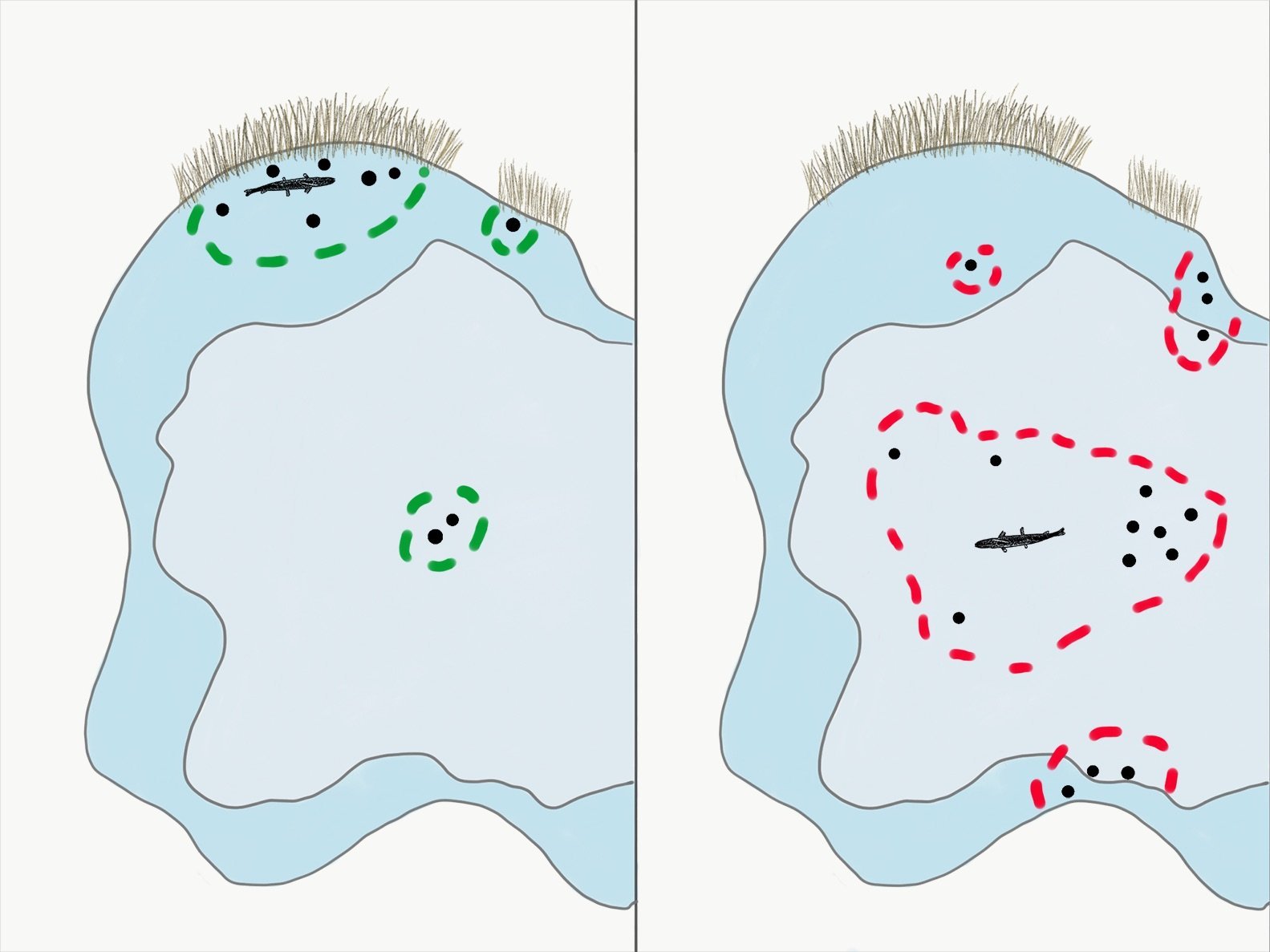
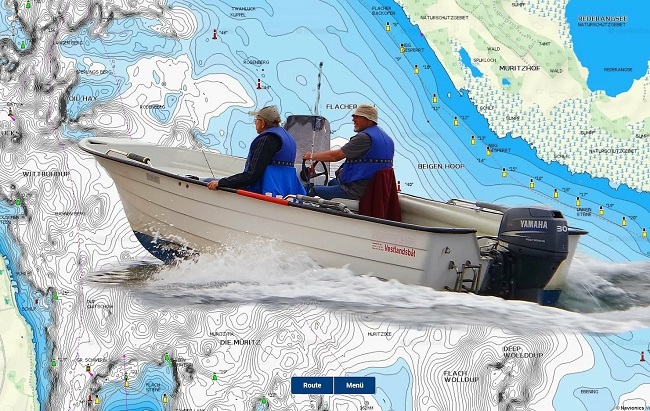
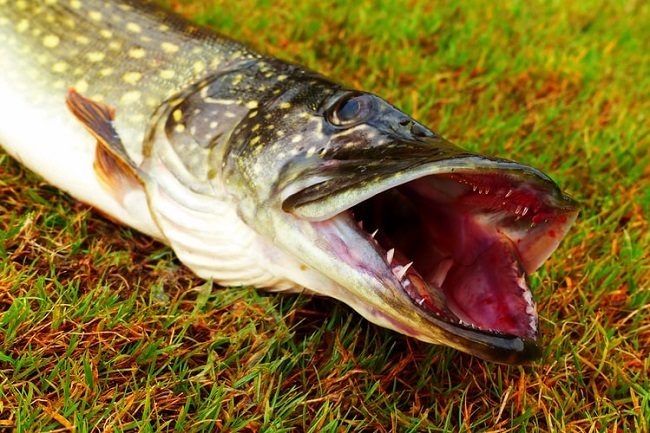
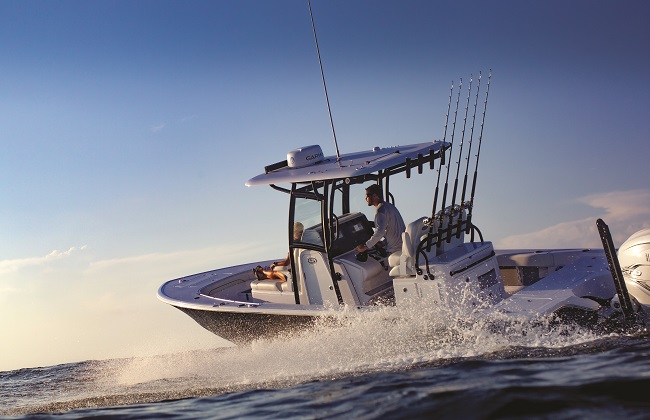
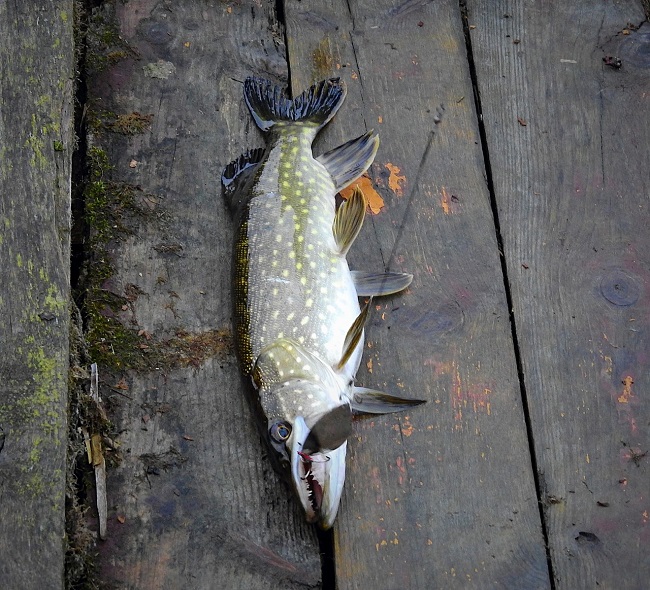
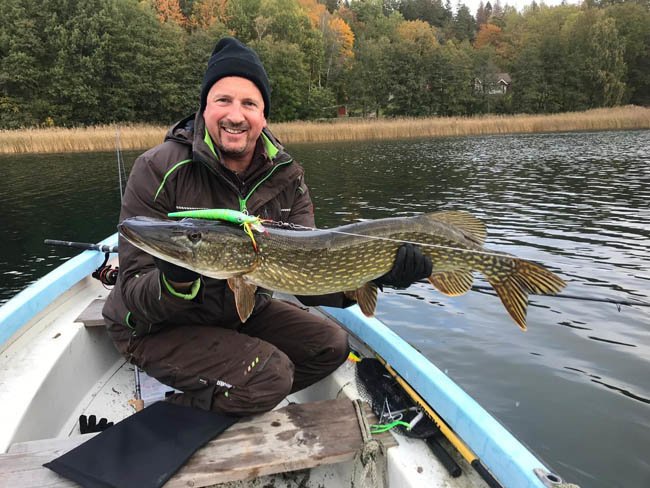
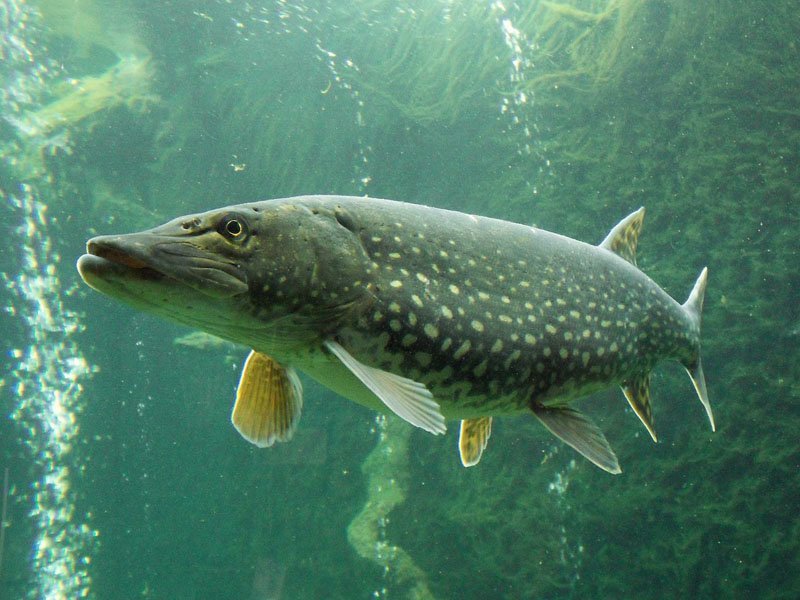
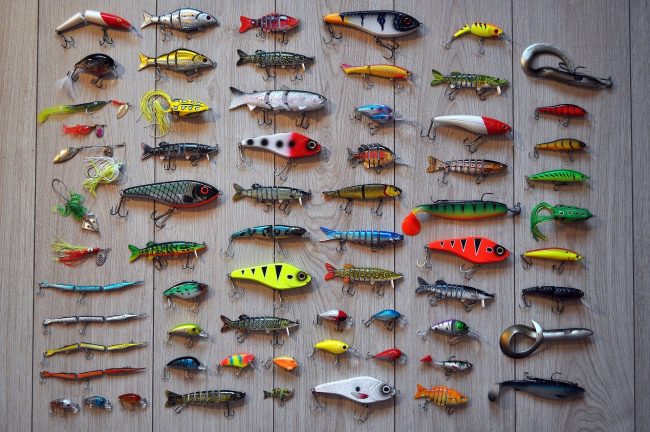
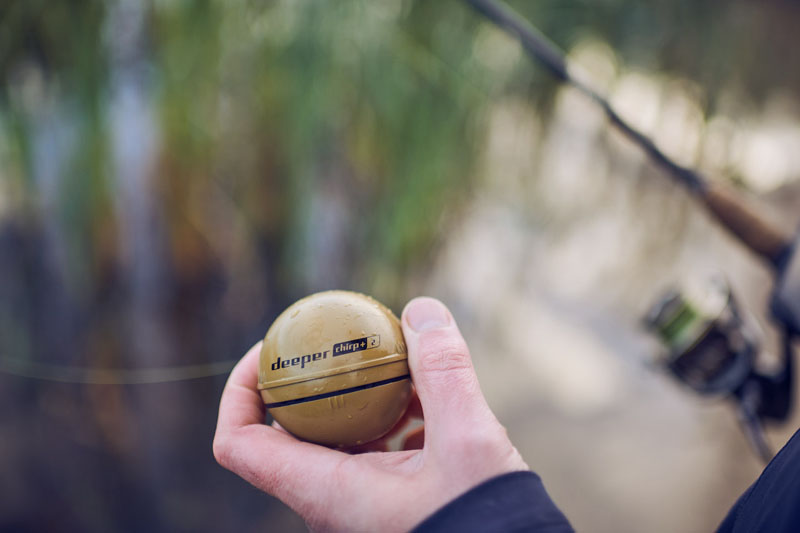
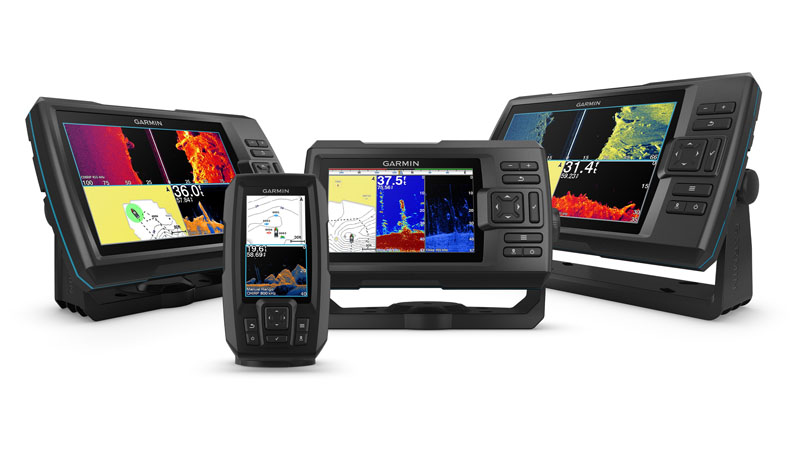
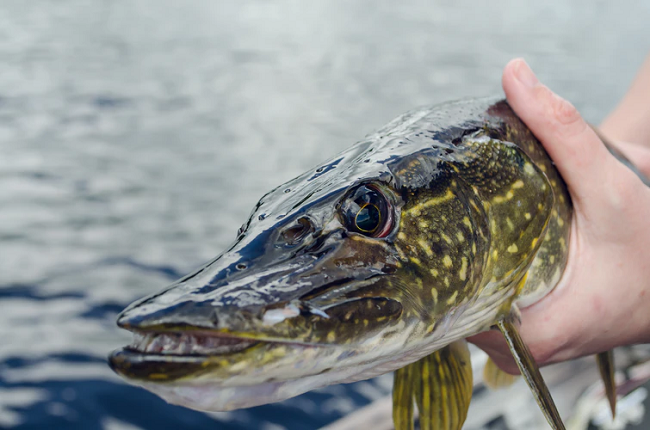
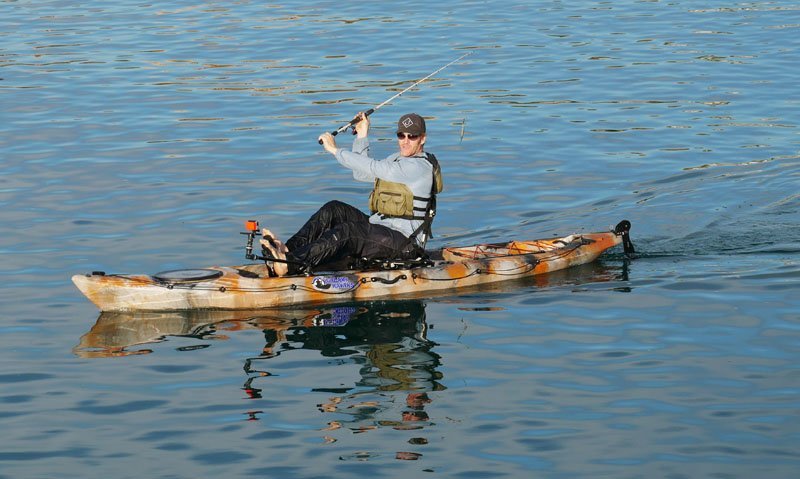
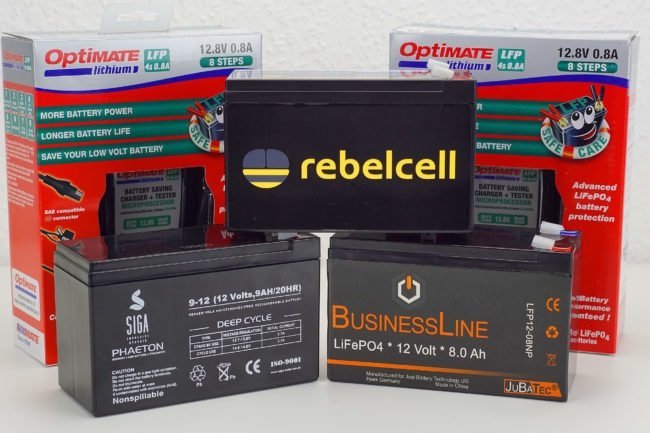
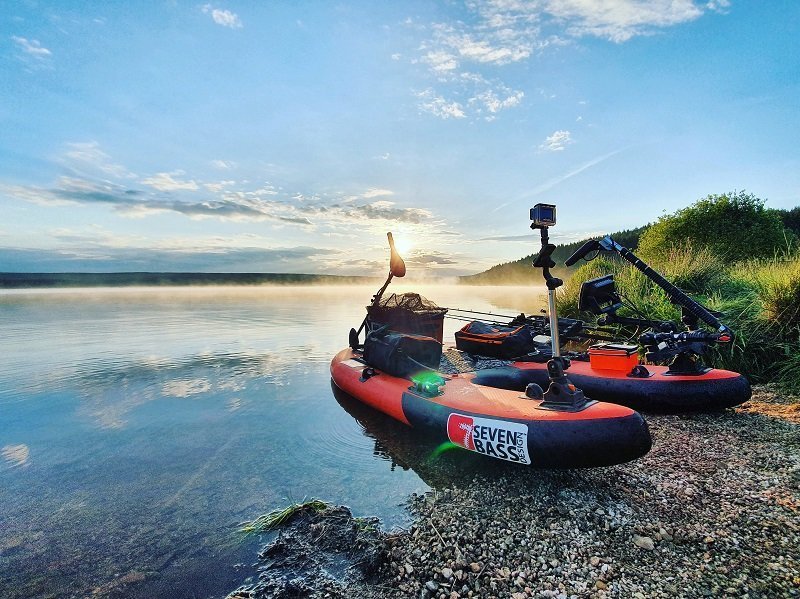
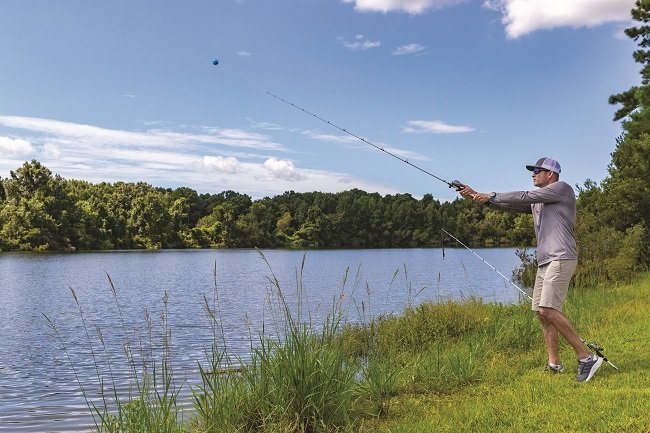
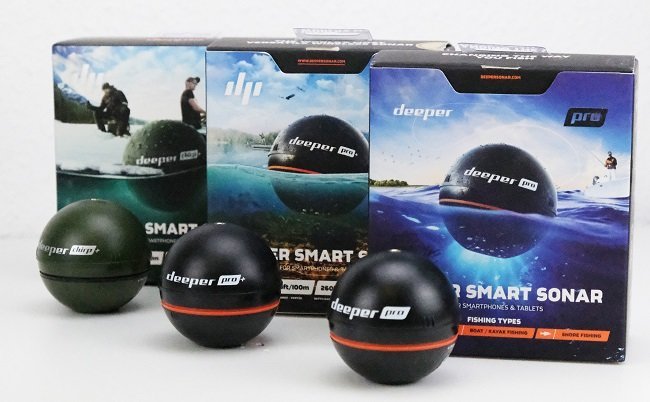

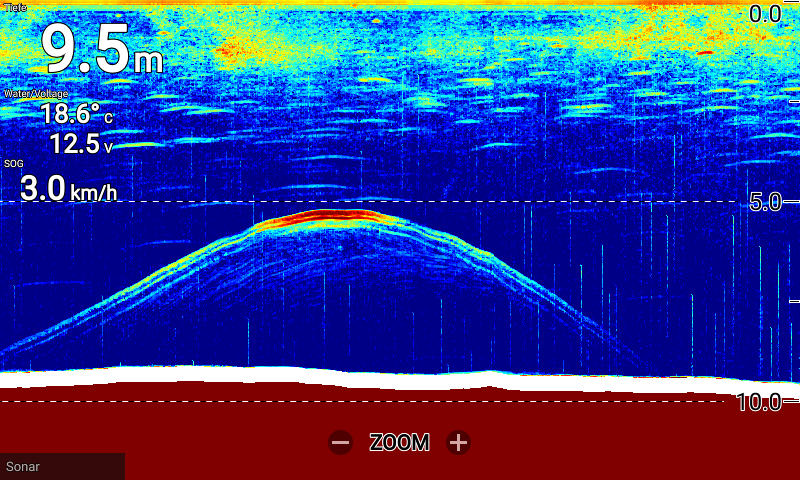
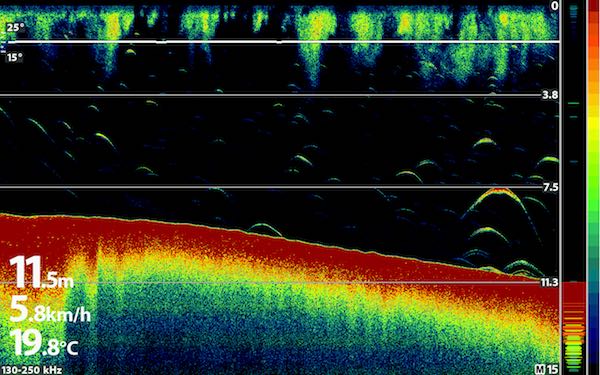
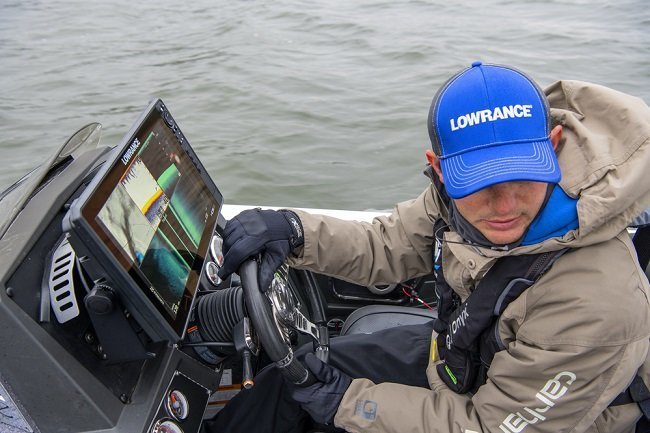
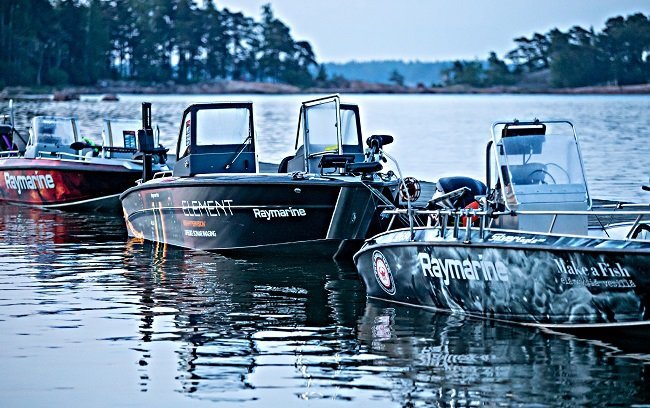
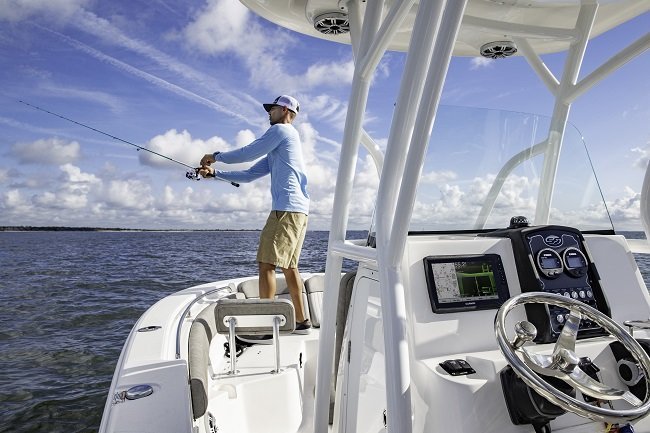
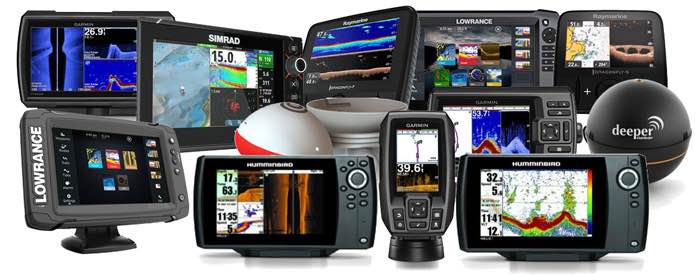
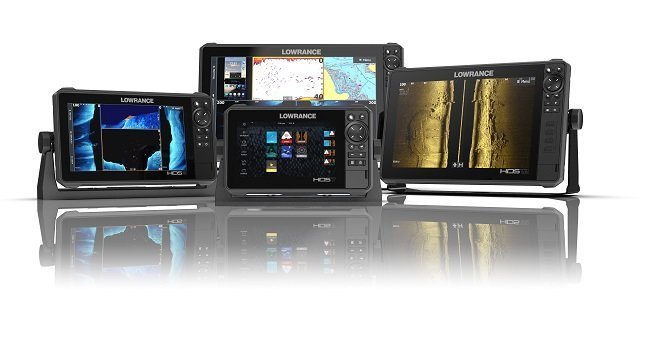
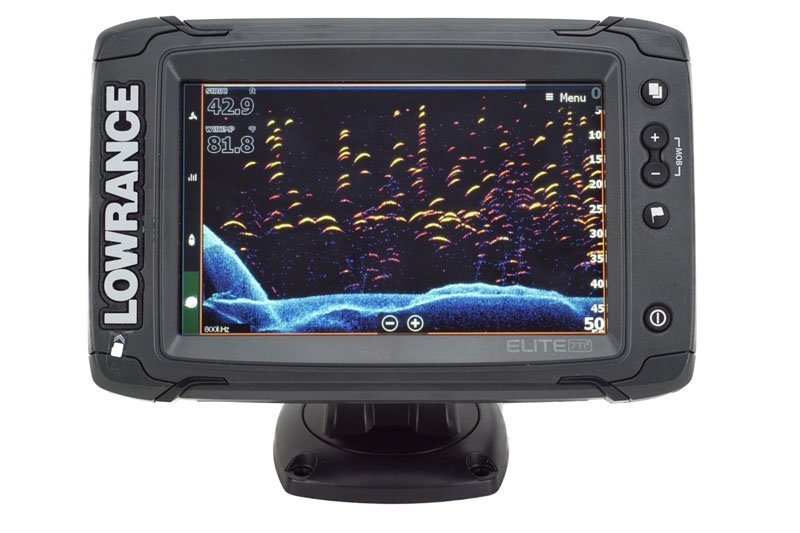
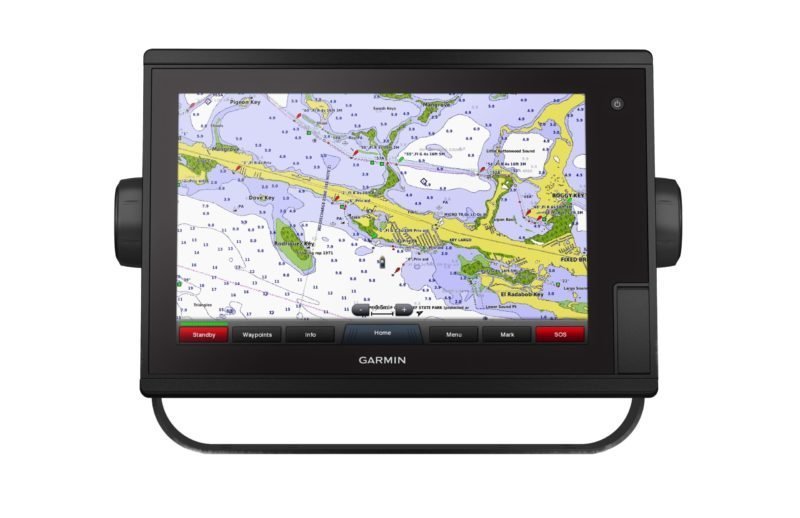
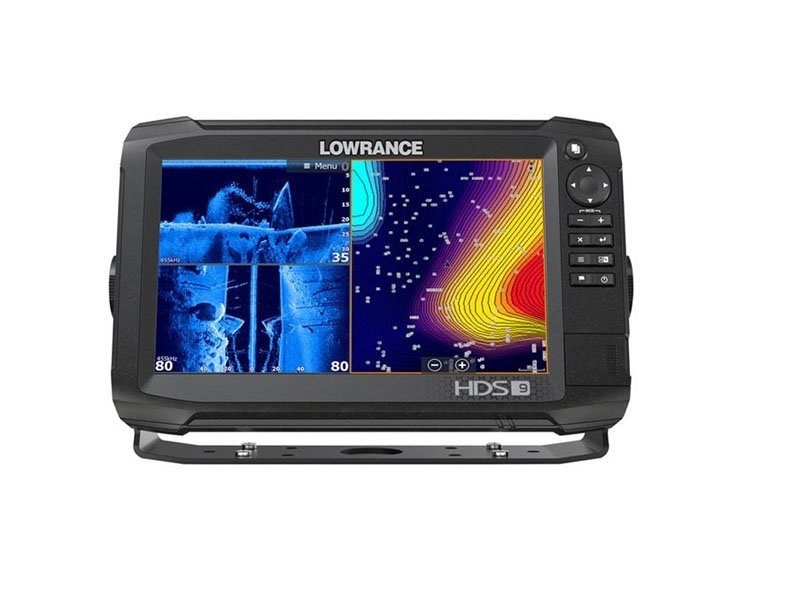
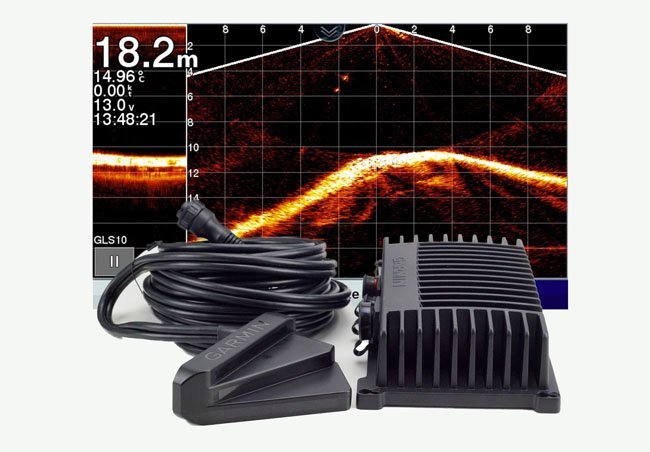
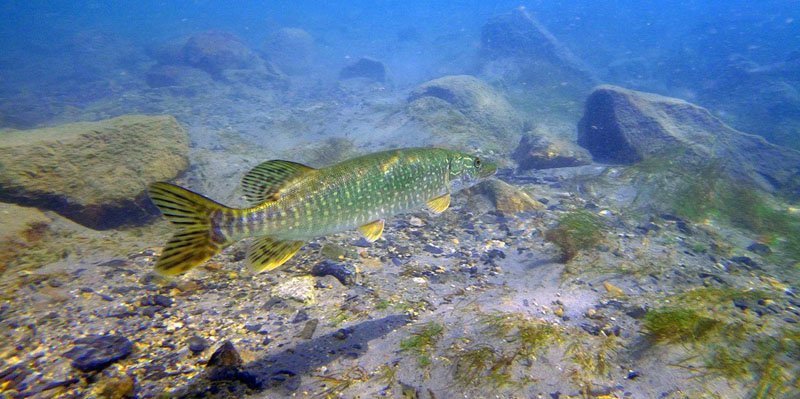
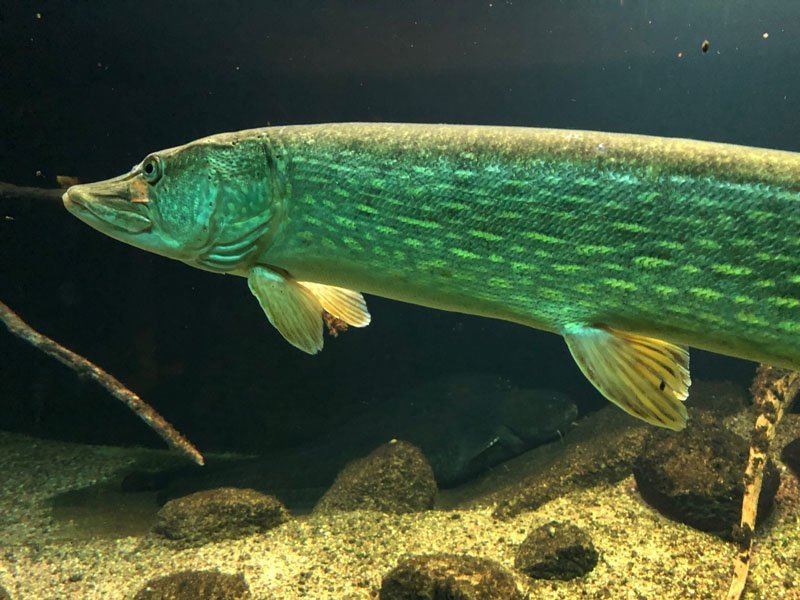
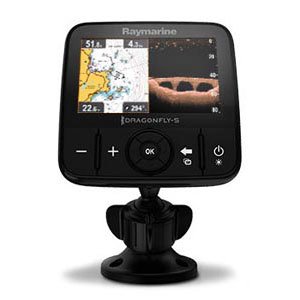
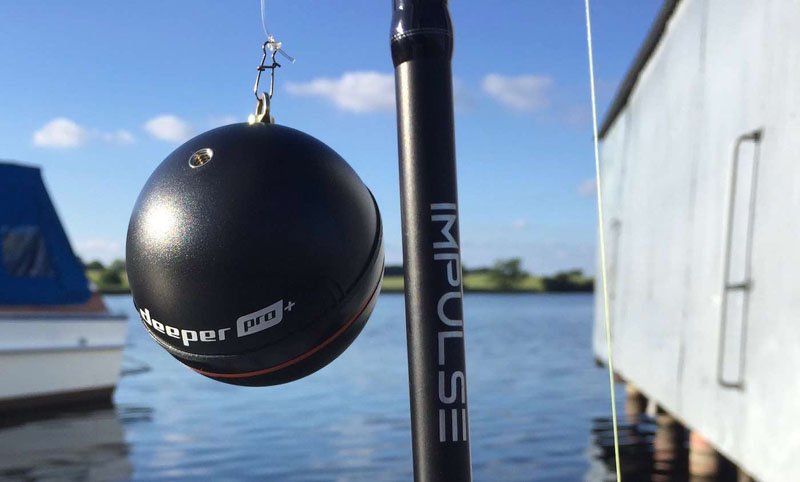
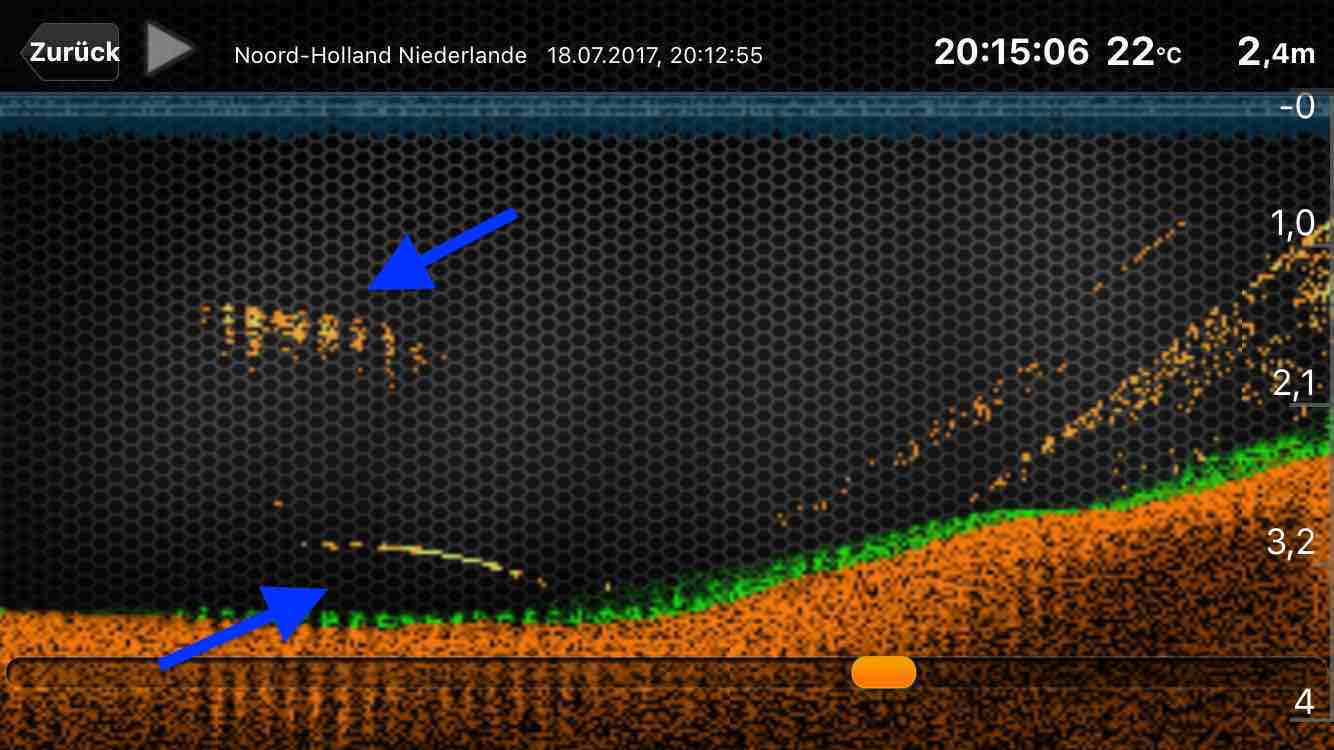
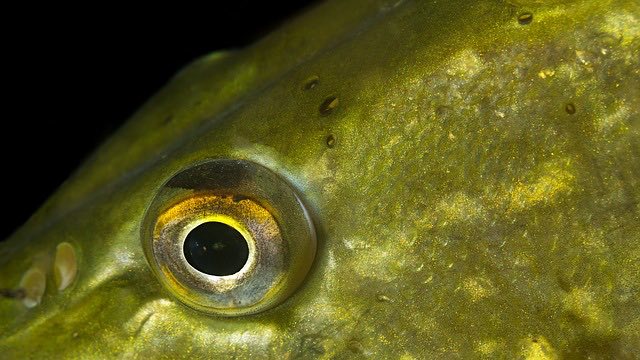


Martin
Garry Gregg
Andreas Eden
Martin
Claus Erhard
Dieter Gundacker
Kurt Sattler
Mirko
Holzblinker
Bruno
Stefan
Fischfreund
Paul KraUS
barney1at
Michael Hügel
frankadam67
Thomas Asamer
Andre Scholz
Manfred Parbs
Fabius Voigt
Julia
Pascal Schlenker
Heinz-Otto Schoel
Andreas Hillers
Stephandargel
Rolf Wilde
Blankmaster
Rudolf Knopf
markus s
Mitja
schoenfeld.oli
Robert Häusler
Martin
Edi Brader
lusox
Stefan Fischer
Lasse Wiedenhöft
Johann Burgstaller
Barschhunter
Andre Scholz
Andreas F.
Pascal Kreutzmann
Ralf B.
Bickes
opto
Adrian Drzezla
Evgenij
Daniel
Jörg
Dirk Lindner
Jörg Thielke
Stefan Klingbeil
Jörg Rolle
Philipp
Ben
Nico Drabner
Kuhnert Giso
David Götze
Peter
Ben
Kantor Alfred (Hatschi)
Patrick
Tacklefever
Andreas
Wolfgang Konter
Catchmaster
Jörg Rolle